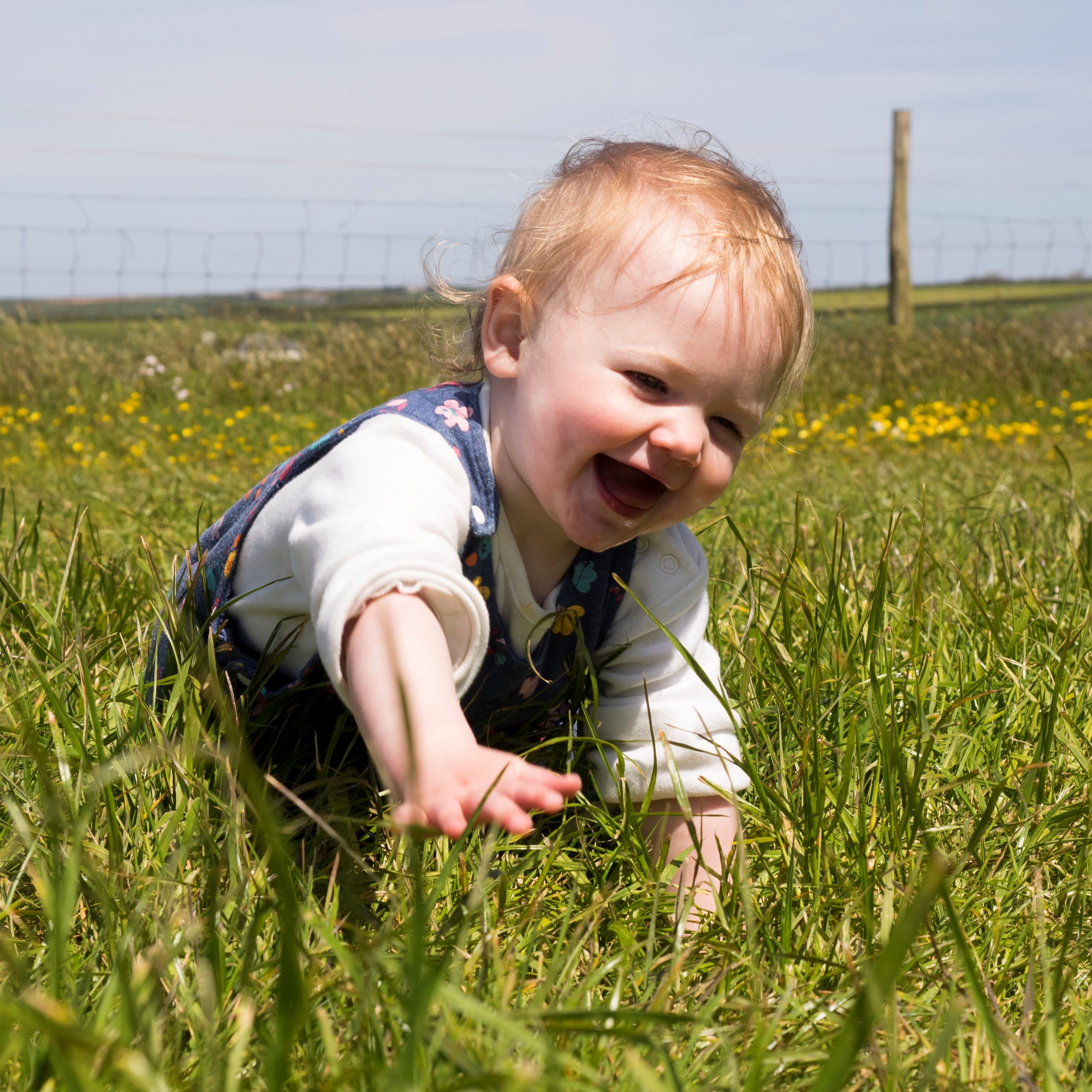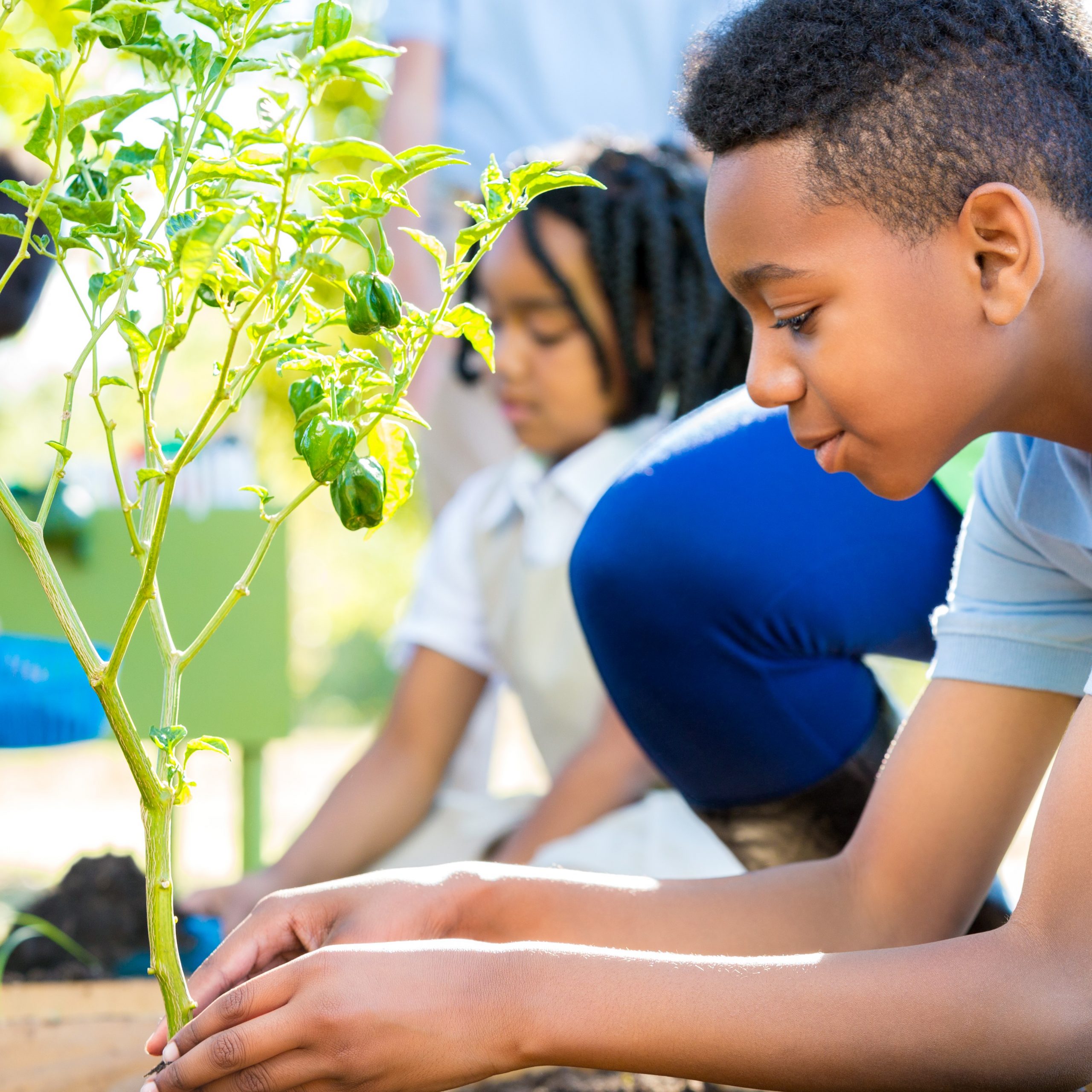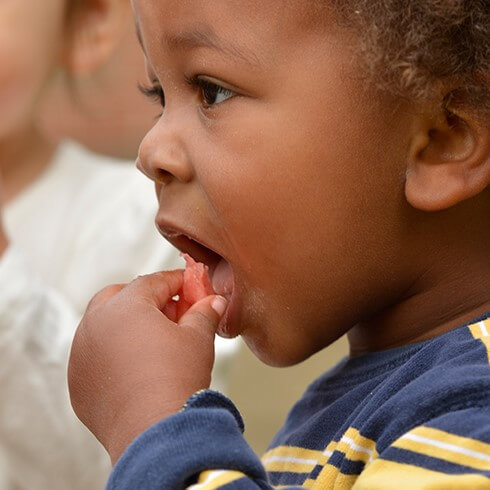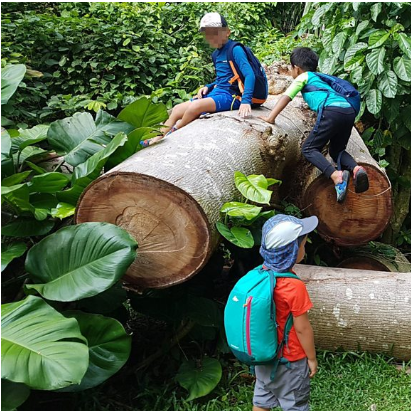Nature Play as an Everyday Joy of Childhood
For Kids, Frequency Requires Proximity
Most of us who enjoyed nature play in our childhoods realize that it didn’t matter if we had a pristine patch of forest to play in or just a couple of vacant city lots. Either way, there were endless things to find, explore, capture, imagine, and play with. But what was important is that these places were right there, within our walking/running/biking distance. No car, no parent, and no schedule were needed to get outside and play in nature.
The children and nature movement is fostering wonderful new ways for kids to play outdoors, such as designed natural playspaces, family nature clubs, and naturalized schoolyards. These and other similar efforts are valuable steps — not only for the kids, but for parents who are re-considering their children’s indoor, nature-deprived lives. Yet most of these new approaches are challenged in one vital dimension: frequency.
When Dr. Louise Chawla (University of Colorado) researched influential childhood experiences in nature, she found that, “The special places that stood out in memory, where people formed a first bond with the natural world, were always a part of the regular rhythm of life.”1 Those powerful experiences didn’t typically come from annual family camping trips, but rather from day-after-day, week-after-week events in children’s lives. Actually, no special research is needed to realize that frequent childhood activities have more lasting impact than ephemeral ones. For instance, practicing the violin once a month is not a very effective strategy! Is it better than nothing? Perhaps — but only if you set your sights very low.
The same equation applies to nature play. If we want it to have maximum impact, then it needs to be “part of the regular rhythm of life.” It seems unlikely that we can achieve this solely through monthly meet-ups or widely scattered playspaces — strategies that require parents, cars, and calendars, and thus compete for time within families’ hectic schedules. Are these approaches valuable? Absolutely! Are they sufficient? Unlikely.
If we really want to power-up nature-based play, it needs to be available where children can enjoy it almost any day, without adult involvement or confining schedules. For most kids this means either home yards or neighborhood parks — and (sadly) only the former is likely to alleviate the fears of 21st-century American parents. Can a typical quarter-acre suburban yard actually support nature play? Or a city lot half that size? Or an apartment courtyard? The answer is yes, especially for kids of about two to eight years old. Younger children’s worlds are much smaller than those of adults. They don’t need sprawling spaces or eye-popping vistas. Their attention naturally focuses on tiny and manipulable pleasures: on dandelions rather than rose gardens; on earthworms rather than herds of bison; on a patch of dirt to dig in rather than a yawning cave to explore.
Unfortunately, the typical American yard is no haven for nature play. Good nature play requires “rich” settings — that is, a diversity of plants, animals, and landforms that create endless opportunities for discovery and engagement. Turf grass lawns, solitary shade trees, and a few neatly trimmed shrubs do not meet these criteria. However, even the sparest yard can be augmented for good nature play with a little thought, a dose of elbow grease, and much less money than what those elaborate backyard play sets cost.
The key is to create yards with a “density of diversity:” a collection of micro-habitats that will harbor lots of natural discoveries and delights throughout the seasons. These micro-habitats might include a shrub thicket, a wildflower garden, a jumbled pile of boulders, a tiny garden pond, a butterfly garden, a berry patch, a mass of tall native grasses, or even a space allowed to just grow into whatever comes up! Once you’ve established a few of these tiny worlds in your yard, you can enhance them with a digging pit or a giant dirt pile, a couple of large logs, bird and toad houses, a bench or hammock in a quiet nook, and plenty of “loose parts” to nurture creative and constructive play. These loose parts can be branches, driftwood, cattails, bamboo poles, boards, tree cookies (log slices), tarps, seed pods, pine cones, large boxes, hay bales, and whatever else you can readily scrounge up.
By focusing your primary efforts on creating multiple micro-habitats, you will ensure authentic nature play: interactions with real nature, in all of its beauty, wonder, unpredictability, and adventure. Manufactured outdoor play components — like the plastic play equipment designed to look natural — do not create the same connections to the natural world. Kids can’t peel the bark off a plastic log to find rolly-pollies, and they won’t find monarch caterpillars feeding on fiberglass leaves. In fact, one big, over-grown wildflower bed — or a patch of flowering shrubs laced with tiny paths — will bring more lasting and real nature play to your kids than will any human-made product!
Note, though, that nature playscapes are more “messy” than most home landscaping, so you may want to keep much of your nature play zone in the backyard where it won’t generate hostility from neighbors who think front yards should look like golf greens. However, certain nature play features are usually “dressy” enough to bring into front yards, like butterfly gardens, boulders, and herb gardens. And by highlighting street-side nature play, you may encourage other local parents to think more about “kid-scaping” their own yards. Nature play zones get better and better when more of your neighbors imitate and add to your own efforts!
None of these steps towards home-based nature play require great knowledge, training, or expense. They can be implemented bit by bit, and your plans can be in constant flux as you discover what your kids and their friends most enjoy. The ultimate goal is to create enough nature play “critical mass” so that your kids are excited to play in their own yards — day after day, and whenever they wish. Then nature play will be a regular joy for your children; then it will achieve the frequency needed to influence and benefit them for decades to come!
Article courtesy of Community Playthings
Written by Kenneth Finch
the founder of Green Hearts Institute for Nature in Childhood, a small conservation organization focused on restoring and strengthening the emotional bonds between children and nature. Green Hearts speaks, teaches, writes, and consults about nature-based play and how we can bring it back to our children. Ken has spent over 40 years in environmental education, and holds a masters degree in that field. He can be contacted at kfinch@greenheartsinc.org.




